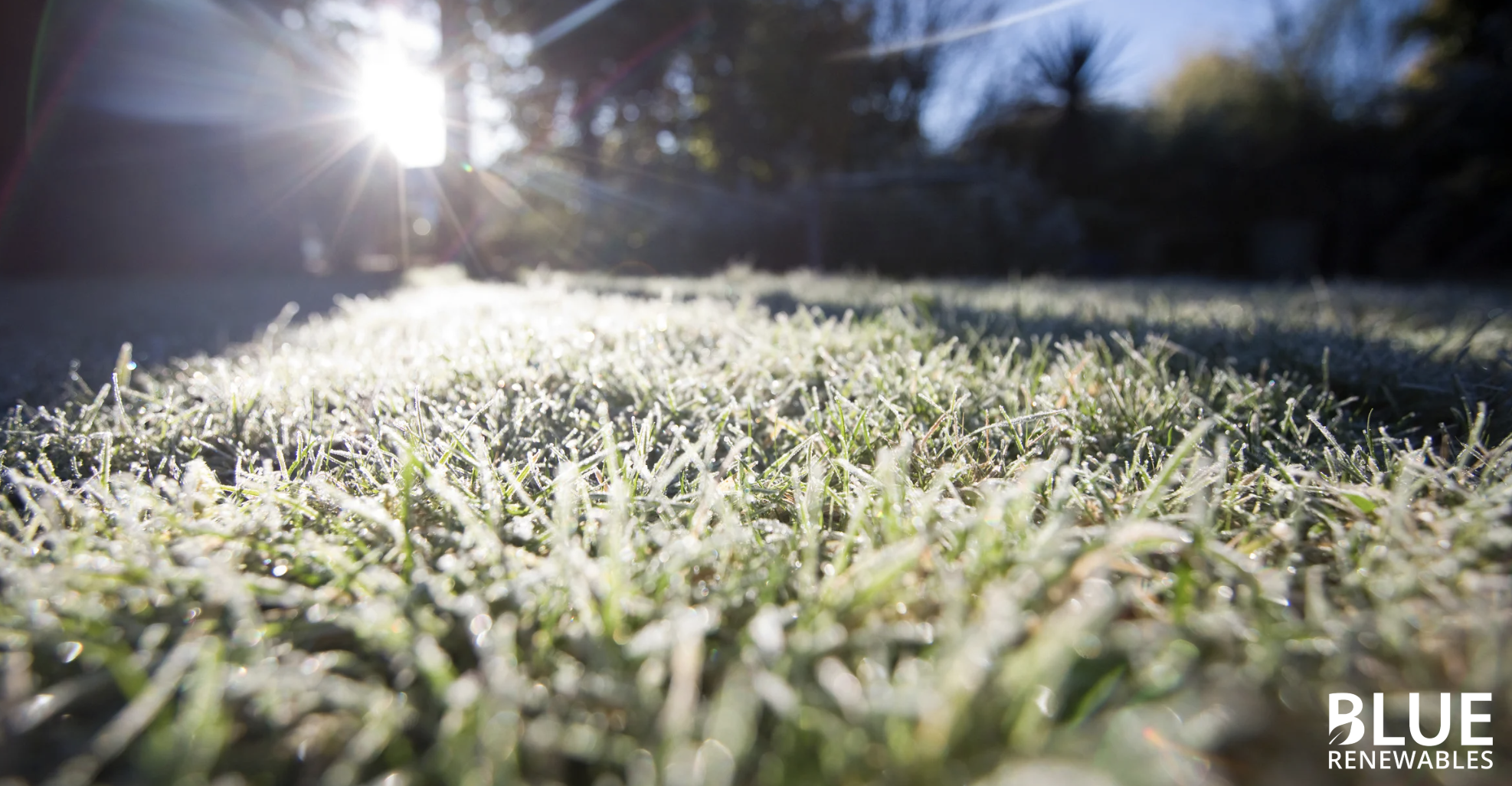Thank You
One of our team will be in touch with you shortly.
Find out more about our recent projects and industry insights
AxFlow, based in Slough, wanted to improve their site’s sustainability and provide convenient charging options for staff and visitors driving electric vehicles. As part of their ongoing commitment to reducing carbon emissions, they sought a reliable, cost-effective EV charging solution.
A large cold storage facility, located in a rural area, faced significant challenges in meeting its substantial energy demands due to its reliance on the national grid.
A large grain storage facility, initially looking to reduce operational energy costs and increase energy efficiency, decided to invest in renewable energy by installing a solar PV system. The farm was looking to future-proof its energy requirements while reducing its carbon footprint.
A chicken farm in Kent was facing rising energy costs and increasing dependence on grid-supplied electricity to operate its facilities. The farm needed a reliable and sustainable energy solution to power its chicken sheds, which require a consistent supply of electricity for heating, lighting, and ventilation. To address these challenges, the farm turned to solar energy.
Upgrading to LED lighting helps UK businesses cut energy costs, boost workplace efficiency, and meet sustainability and ESG goals. During winter’s darker months, LED systems deliver brighter, safer, and more productive workspaces while reducing carbon emissions and long-term expenses — a smart, cost-saving investment for every season.
This Christmas, the UK’s food industry faces rising energy costs and soaring seasonal demand. Discover how solar power, battery storage, and LED lighting are helping food producers boost efficiency, cut carbon emissions, and power festive production sustainably — from farm to fork, all year round.
Solar power still performs efficiently in winter — even under cloudy UK skies. Modern panels capture daylight, not just sunshine, providing year-round savings and strong ROI for businesses. Discover how solar and battery storage reduce winter energy costs, boost sustainability, and deliver reliable performance in colder months.
Sustainability reporting is essential for proving your renewable energy impact and meeting ESG goals. Learn how to track performance with key metrics, data dashboards, and smart reporting tools. Discover how businesses can simplify sustainability reporting, improve transparency, and measure real progress toward Net Zero.








